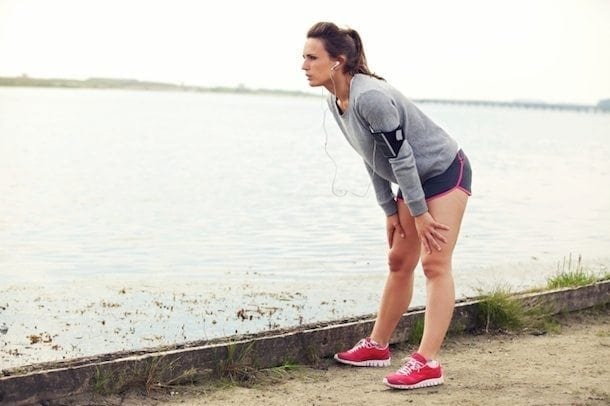Normally, when we think of muscle imbalance, we think of the guy with a huge upper body and tiny legs. While that is imbalance, it doesn’t illustrate the subtleties of the issue. Muscle imbalance occurs when one muscle is stronger than its opposing muscle. Think of a canoe. If you only row a canoe on one side you just end up going in circles. You need to row on both sides equally to keep a straight course.
When muscles are in balance, bones and joints are able to stay in alignment. If the muscles are out of balance, meaning these oppositional forces are either too strong or too weak, it puts undue stress on the joint. The joint cannot move normally or enjoy full range of motion. Muscle imbalances come from all directions, laterally-medially (side to side) and front-and-back (agonist to antagonist)
The easiest way to visualize this in the body is to look at the front and back of your leg. Both the quadriceps and hamstrings bend and straighten the leg and need to work together to properly stabilize your knee. Because most of our every day habits and activities use the quadriceps more, hamstrings tend to be weaker. This muscle imbalance puts stress on your knees.
So what do you do? Conventional wisdom says to strengthen the weak opposing muscles, but this is not an effective solution. If you jump straight to strengthening without breaking up muscle tightness, you only end up strengthening the imbalances and furthering compensatory patterns. You’re skipping some crucial steps.
To fight muscle imbalances you need to follow the order of mobility, stability, strength, and power. You need to first create mobility in the overly tight, over used muscle and then strengthen to bring the body back in balance.
A great way to create mobility is through self-release. Whether you are using a foam roller or a lacrosse ball, you need to break up tight muscles to increase range of motion before activity. Take a look at this short video in which I demonstrate how to release tight quadriceps using a foam roller.

Once you are ready to move on to strengthening, make sure you strengthen in a balanced way. In this video, I show a move that engages and strengthens the glutes and lateral hamstrings, to promote balance with your quads.

Got a question for David? Ask in the comments below and you might see the answer appear here on Hello Healthy in a few weeks!




